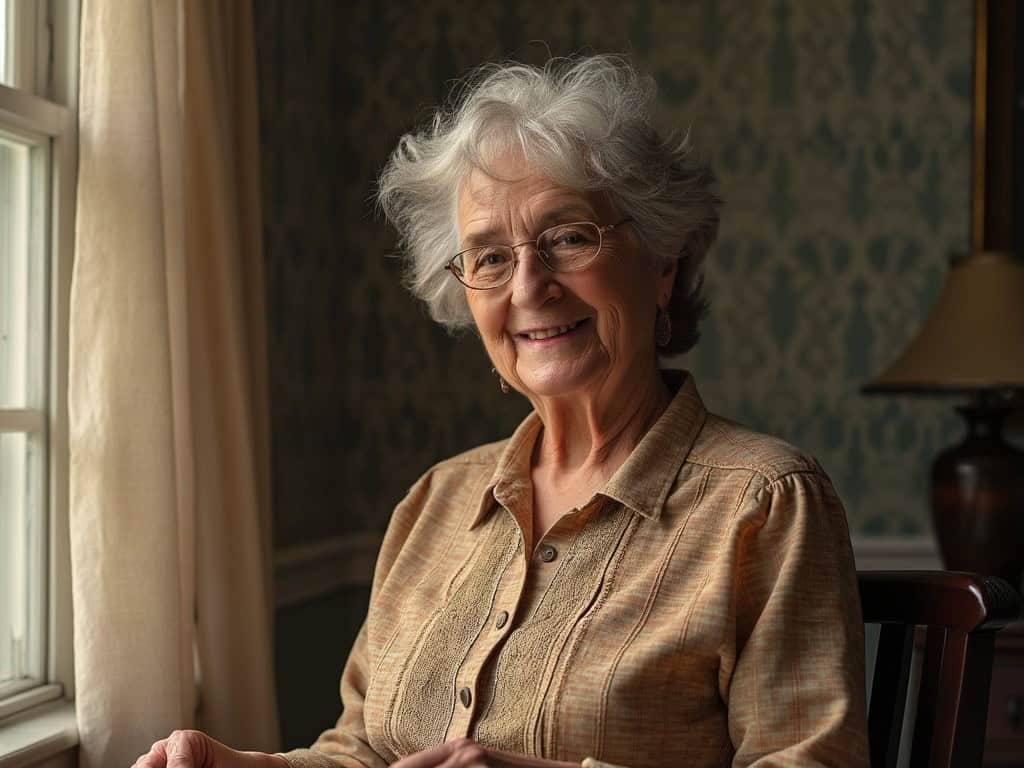Creating a lasting tribute to a loved one through a memorial portrait can provide comfort and preserve cherished memories for generations to come. At Newrest Family Funerals, we understand that choosing the right type of memorial portrait is a deeply personal decision. This guide will help you explore the various options available and make an informed choice that honours your loved one’s memory.
Key Takeaways:
– Memorial portraits offer various styles and mediums to suit different preferences
– Quality reference photos are crucial for creating meaningful portraits
– Personalization options help capture individual personalities
– Professional artists can work with multiple images to create composite portraits
– Digital and traditional mediums each offer unique benefits
The Art of Memorial Portraits
Memorial portraits serve as powerful reminders of our loved ones, capturing not just their physical appearance but also their spirit and character. These artistic tributes can range from traditional oil paintings to contemporary digital artwork, each style offering unique ways to preserve and honour memories. When choosing a memorial portrait, consider how different approaches might best represent your loved one’s personality and the memories you wish to preserve.
Traditional painted portraits often provide a timeless quality, with oil paintings offering rich colours and depth that can bring warmth and presence to any space. Watercolour portraits can create a softer, more ethereal feeling, while charcoal drawings offer classic elegance with their monochromatic tones. Digital artwork, meanwhile, provides flexibility in style and reproduction, making it easier to share the portrait with multiple family members.
Choosing Your Portrait Style
The style of your memorial portrait should reflect both your loved one’s personality and your family’s preferences. Realistic portraits aim to capture exact likenesses, providing detailed representations that can feel particularly meaningful for those seeking a true-to-life remembrance. Artistic interpretations might incorporate symbolic elements or creative backgrounds that represent special interests, achievements, or meaningful locations.
Consider whether you’d prefer a formal portrait or a more casual representation. Some families choose to capture their loved one in their prime, while others prefer images from their later years. There’s no right or wrong choice – what matters is selecting an approach that resonates with your memories and provides comfort to those who will view the portrait.
Types of Memorial Portraits
Individual portraits focus on capturing one person’s essence, often incorporating elements that reflect their personality or life story. These portraits can range from simple head-and-shoulders compositions to fuller scenes that include meaningful backgrounds or objects. For couples, memorial portraits can celebrate relationships by capturing the connection between two people, whether through traditional posed compositions or more creative approaches that tell their story together.
Compilation portraits offer unique possibilities by combining multiple images into one cohesive artwork. This approach allows artists to create scenes that might never have been captured in a single photograph, such as bringing together family members from different eras or incorporating meaningful locations alongside portraits. These creative compositions can tell rich stories about your loved one’s life and relationships.
Working with Reference Materials
The quality of your memorial portrait depends significantly on the reference materials provided to the artist. Ideal reference photos should be clear, well-lit, and capture your loved one’s natural expression. Multiple photos from different angles can help artists better understand facial features and personality, leading to more accurate and meaningful portraits.
When selecting reference photos, consider images that show your loved one as you’d like to remember them. Happy moments often make for the most compelling portraits, as they capture the spirit and character that family members hold dear. If you’re planning a compilation portrait, ensure all reference images are of sufficient quality to allow the artist to create a cohesive final piece.
Personalization Options
Memorial portraits can be enhanced with personal touches that make them even more meaningful. Background elements might include favourite locations, hobbies, or symbolic items that represented important aspects of your loved one’s life. Some families choose to incorporate text elements such as names, dates, or meaningful quotes, while others prefer to let the image speak for itself.
Consider how the portrait will be displayed and viewed. The size, style, and medium should complement your home’s décor while creating an appropriate focal point for remembrance. Some families create multiple versions of a portrait, perhaps combining traditional and digital approaches to serve different purposes and settings.
Professional Considerations
Finding the right artist for your memorial portrait involves careful research and consideration. Look for professionals who specialize in memorial artwork and have experience working with bereaved families. Review their portfolio to ensure their style matches your vision, and don’t hesitate to ask questions about their process, materials, and timeline.
Costs for memorial portraits vary widely depending on size, medium, and complexity. Traditional oil paintings typically command higher prices due to the time and materials involved, while digital artwork might offer more affordable options. Discuss your budget openly with potential artists to understand what’s possible within your price range.
Caring for Your Memorial Portrait
To ensure your memorial portrait remains a lasting tribute, proper care and maintenance are essential. Traditional paintings may need protection from direct sunlight and temperature extremes, while digital prints might require specific framing to prevent fading. Your artist can provide specific care instructions based on the medium and materials used.
Consider creating digital copies of traditional portraits for security and sharing purposes. This approach ensures the artwork’s preservation while allowing family members to have their own version of this meaningful tribute.
Frequently Asked Questions
What is the typical timeframe for creating a memorial portrait?
Timeframes vary by artist and medium, typically ranging from 2-8 weeks for digital artwork and 1-3 months for traditional paintings. Complex compositions or busy artists might require longer periods.
Can artists work from old or damaged photographs?
Yes, experienced artists can often restore and work from vintage or damaged photos, though the quality of the final portrait may depend on the reference material’s condition.
How do I choose between digital and traditional mediums?
Consider factors like budget, desired style, sharing needs, and display plans. Digital art offers flexibility and easy reproduction, while traditional mediums provide unique, tangible artworks.
What size portrait should I commission?
Consider your display space, budget, and intended impact. Common sizes range from 16×20 inches to 24×36 inches, though custom sizes are usually available.
How can I ensure the portrait captures my loved one’s personality?
Share stories and multiple photos with your chosen artist, and discuss specific elements or expressions that you feel best represent your loved one’s character.
Please contact for more details.


